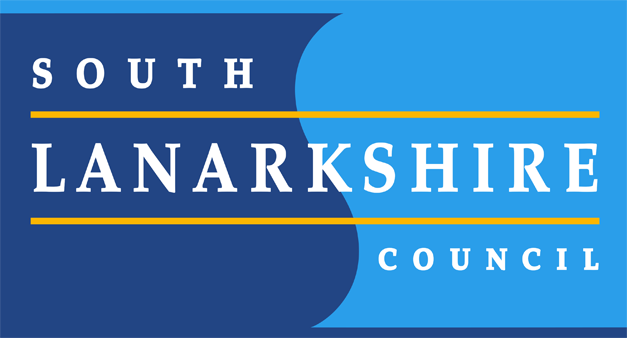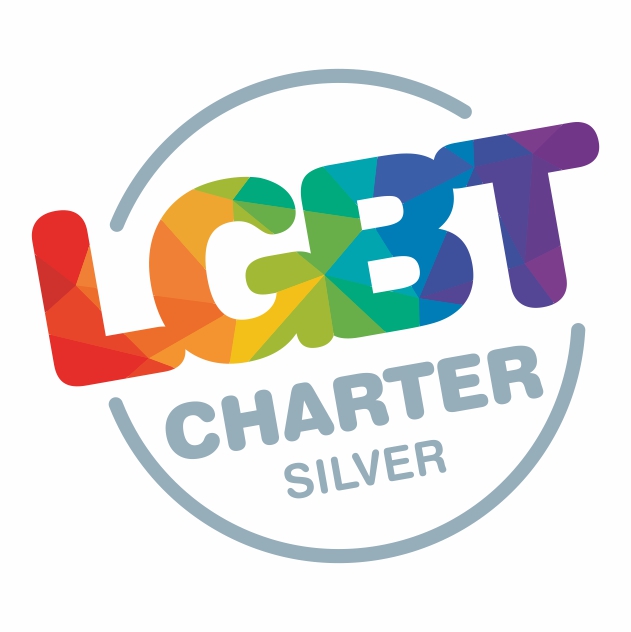Welcome to Art & Design
Welcome to the Art & Design department. We offer a course of study which aims to equip our learners with skills for learning in both life and work allowing our students to realise their creative potential.
The Art & Design courses here at Calderglen are designed to encourage and challenge pupils to be creative and to express themselves in different ways. Learning through Art and Design helps learners to develop an appreciation of aesthetic and cultural values, identities and ideas. Students will develop their knowledge of Art & Design, practice and practical media handling skills in both expressive and design contexts. Learners will develop important skills, attitudes and attributes. The learning journey in our courses will include active involvement in creative activities and the creative use of media, materials and/or technologies.
In a world where we increasingly have machines and computers to calculate and build for us, human creative thought and inventiveness is something that will become increasingly important. Whether that is pursuing a career in the creative industries or elsewhere, creative problem-solving is a fundamental skill applicable across the board.
Staff
- Mrs G Martin (Technical - Faculty Head)
- Mr R Drummond
- Mr R Galloway
- Mrs L Taylor
- Ms J Linning
- Ms L McPhie
- Ms R Gallacher
Why choose Art & Design?
Careers with Art & Design
Studying Art and Design opens up a world of career opportunities. Career paths include:
- Architecture
- Art Director
- Animations
- Ceramics
- Computer Game Design
- Costume Design
- Fashion Design
- Fine Art
- Graphic design
- Illustration,
- Interaction Design
- Interior & Spatial Design
- Make Up Artistry
- Media, Film/TV
- Medical illustration publishing, product design
- Product Design
- Set Design
- Special effects work
- Textile Design
- Visual Merchandising
- Web Design and many more
S1-S2
S1 course is designed to provide skills based learning across all aspects of the Art & Design curriculum. Pupils have the opportunity to learn basic techniques and work with a range of media. They will also be gradually introduced to art & design language and terminology.
S1 pupils will study the 7 visual elements, portraiture, and 2D design among many other projects. Art & Design history is explored as pupils create art work inspired by historical and contemporary artists & designers.
The S2 course is designed to build upon pupils prior learning in S1. It offers pupils the chance to revisit the key experiences of S1 and build upon their skills taking a more active role in their own creative decision-making. Pupils will add to, and build on previous skills by using and handling more sophisticated media, techniques and develop practises in the analysis of Art & Design work.
S3 Art & Design
In S3 pupils will follow an Art course as part of a broad general education, covering Level 4 outcomes and experiences. As well as digging deeper into drawing skills, our S3 course encourages students to be more experimental in order to understand the importance of a creative process. S3 will also include written coursework (Critical Studies) to help prepare for any SQA written exam at the end of S4.
Further details of units and course content can be obtained from:
www.sqa.org.uk/curriculumforexcellence
Assessment of Course
The course will be assessed and marked throughout the session by teachers. Assessments may include a combination of practical work, case studies, examinations and projects.
Progression
At the end of S3 pupils will progress to a course leading onto a qualification at National 3, National 4 or National 5.
At the end of S4 pupils could choose from the following progression routes:
- A pupil achieving National 3 may progress to National 4
- A pupil achieving National 4 may progress to National 5
- A pupil achieving National 5 may progress to Higher
Careers with Art & Design
Studying Art and Design opens up a world of career wonderful opportunities. Career paths include:
- Architecture, advertising, animation
- Ceramics, costume design
- Floristry, Garden design, graphic design
- Illustration, Interior design
- Medical illustration publishing, product design
- Special effects work
- Textile design, theatre set design
- Visual merchandising
- Web site design and many more
Homework
Pupils will be issued with a variety of homework tasks which will include written tasks and drawing assignments which will each engage our students in an observational drawing. In addition to this, pupils may be set an individual task by their classroom teacher that builds upon their own course work. Daily practice is encouraged to perfect assignment submissions. Our Art & Design students will be expected to use the art studios at lunchtimes and after school to ensure that their work is of a high standard.
Folio tasks:
- Research assignments
- Revision for internal assessments
- Revision for external assessment at National 5
Equipment
Learners are encouraged to come to class with their own basic drawing materials i.e. Pencils of different Grades (hard to soft), rubber, hand writing pen & colouring pencils. Students will be given an A1 or A2 waterproof folder to transport their work home. Any specialised materials required for the course will be supplied.
Higher Art & Design
Click here to see a pupil’s view
The Course consists of two mandatory Units (Expressive & Design), and a written Critical Studies exam paper. assessment. Both units and the exam paper are designed to provide progression to the related units at Advanced Higher.
Art and Design: Expressive Activity (Higher)
This unit helps learners to develop their personal thoughts and ideas in visual form. In the unit, learners will develop critical understanding of artists’ working practices and the social and cultural influences affecting their work. They will select stimuli and produce investigative drawings and studies. They will develop and refine their expressive ideas and artwork, experimenting with and using a range of materials, techniques and/or technology in 2D and/or 3D formats in response to the stimuli.
Art and Design: Design Activity (Higher)
In this unit learners will plan, research and develop creative design work in response to a design brief. They will develop their creativity, problem solving and critical thinking skills as they consider complex design opportunities, and work to resolve design issues and constraints. In the unit, learners will develop critical understanding of designers’ working practices and the social and cultural influences affecting their work. They will develop and refine their design ideas by experimenting with and using a range of materials techniques and/or technology in 2D and/or 3D formats
Art & Design: Critical Studies - Exam Paper (Higher)
The question paper assesses candidates’ knowledge and understanding of the work and practice of artists and designers, and how social and cultural contexts impact on art and design works. The question paper also aims to develop their cultural knowledge and nurture a greater understanding of art & design in historical and contemporary contexts.
Course assessment
The course assessment meets the key purposes and aims of the course by addressing -
- Breadth - Drawing on knowledge and skills from across the course and from their time in the Art dept throughout BGE and S4.
- Challenge - Requiring greater depth or extension of knowledge and/or skills developed through their experiences in the Art dept.
- Application - requiring application of knowledge/skills in practical and/or theoretical and cultural contexts as appropriate
This enables candidates to -
- produce a portfolio of expressive artwork with a selection of relevant 2D/3D analytical drawings, studies and investigative research, and showing the development of one idea leading to an expressive final piece
- produce a portfolio of design work with a selection of relevant 2D/3D investigative material and market research, and showing the development of one idea leading to a design solution
- demonstrate their knowledge and understanding of art and design practice in an extended-response format in a question paper
Careers with Art & Design
Studying Art and Design opens up a world of career opportunities. Career paths include:
- Architecture
- Animations
- Ceramics, Costume design
- Fashion Design
- Graphic design
- Illustration,
- Interior & Spatial Design
- Media, Film/TV
- Medical illustration publishing, product design
- Special effects work
- Textile design, theatre set design
- Visual merchandising
- Web site design and many more
Homework
Pupils will be issued with a variety of homework tasks which will include written tasks and drawing assignments which will each engage our students in observational drawings etc. In addition to this, students may be set individual tasks by their classroom teacher that builds upon their own course work. On the Higher and Advanced Higher courses this may be every week. The homework will be based on their course work or when nearer the exams it will be revision based.
Advanced Higher Art & Design
Click here to see a pupil’s view
The Advanced Higher – Design or Expressive qualification develops learners' aesthetic understanding, creativity and awareness of Design or Expressive Arts. It encourages candidates to use a range of media and technology to respond to their environment. It promotes creative thinking, independent thought and problem solving.
Learners will gain the ability to think creatively and independently through an intensive study within a chosen area. They will develop their skills in visual perception, observation and investigation, through research in response to a design brief, or as part of an in-depth expressive arts project. This will reinforce their skills in handling materials, techniques and processes. They will be able to make informed analytical and critical evaluations.
Course Assessment
- 1500 Word written report
- Folio of work
Both assessed by SQA
There is no written exam for Advanced Higher Art






